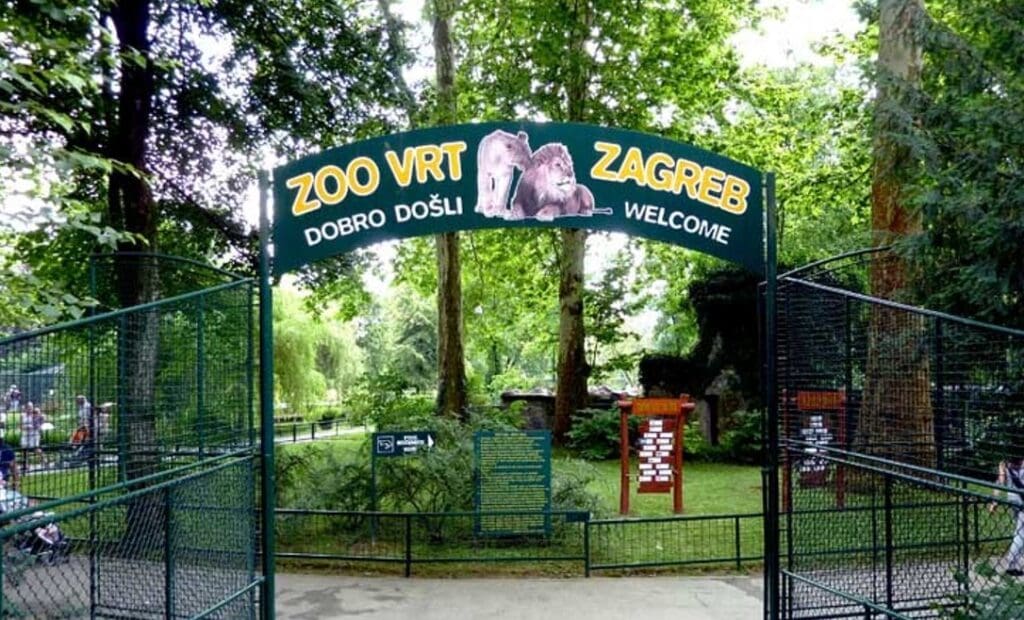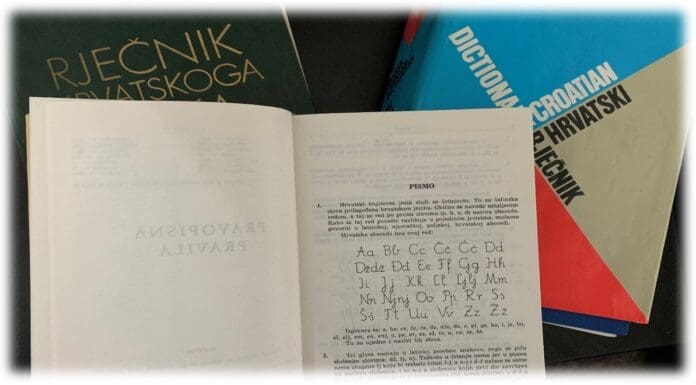IN order to build a house or any other construction that is going to last a long time, you need to have good, solid foundations.
Without it, the constructed building would surely topple over and crumble.
In much the same way, it can be said, you could consider the mastering of the Croatian alphabet in the early stages of your learning as absolutely critical to learning the basics of the Croatian language.
Five important facts about the Croatian language
Here are some important facts about the Croatian alphabet:
- Unlike the English alphabet which consists of 26 letters, the Croatian abeceda consists of 30 letters in total.
Five of the letters are vowels (a, e, i, o, u).
In Croatian we call them SAMOGLASNICI.
One other letter (r) is considered an ‘auxiliary vowel’, when it is wedged between two consonants.
This can be found in the word ‘trg’ (which means ‘town square’).
The other important thing to remember with the letter ‘r’, is that its sound is rolled in Croatian.
Ever heard a Scottish person roll their ‘r’ when speaking? Well, that’s what it sounds like…
The remaining 24 letters of the abeceda are consonants OR SUGLASNICI.
They include the following letters: b, c, č, ć, d, dž, đ, f, g, h, j, k, l, lj, m, n, nj, p, s, š, t, v, z, ž.
- Croatian has eight rather unique letters (č, ć, dž, đ, lj, nj, š, ž).
It must be said that the letters dž, lj, and nj are in fact each one letter. Therefore, if you were to do a crossword in Croatian, dž would fit into the one box and not be split up into two separate boxes.
You may by now be thinking how difficult it must be to master this language given the ‘weird’ unique letters. However, there is some good news.
Don’t despair – help is on its way!
- The Croatian language is very easy to read because it is phonetic, which means how you spell a word is the exact way it is sounded or read.
As such, once you have mastered the sounds of the abeceda, you will be able to read Croatian with little problems. Even though you may not yet be able to understand fully what you’ve just read!
- The Croatian language also does not have the problem of silent sounds (like ‘through’ in English). Additionally, it does not contain double letters (e.g. ‘letter’).
That is, apart from a few very rare exceptions to the rule.
This is usually the case with foreign words that have found their way into the Croatian language, such as ‘zoo’ (zoo).

- When going through the abeceda, be sure to use the Croatian sounding rules. Try not to import the rules (sounds) for the English letters into Croatian.
For example, ‘j’ in Croatian sounds like the ‘y’ in English.
Therefore ‘j’ in Croatian does not sound like the ‘j’ in jungle but like the ‘y’ in yacht.
Mastering the abeceda is a vital component of the Croatian language and an absolute MUST to master.
Don’t feel like it’s a case of going backwards, that’s perfectly acceptable and in fact heavily encouraged!
Below is a link to a You Tube video which provides both an audio and visual explanation of each slovo. It is pronounced ‘slaw-vaugh’ and means ‘letter’ of the abeceda.
Click on the following link to view a more visual explanation of the Croatian abeceda on You Tube: https://www.youtube.com/watch?v=qf4nueL59MY

